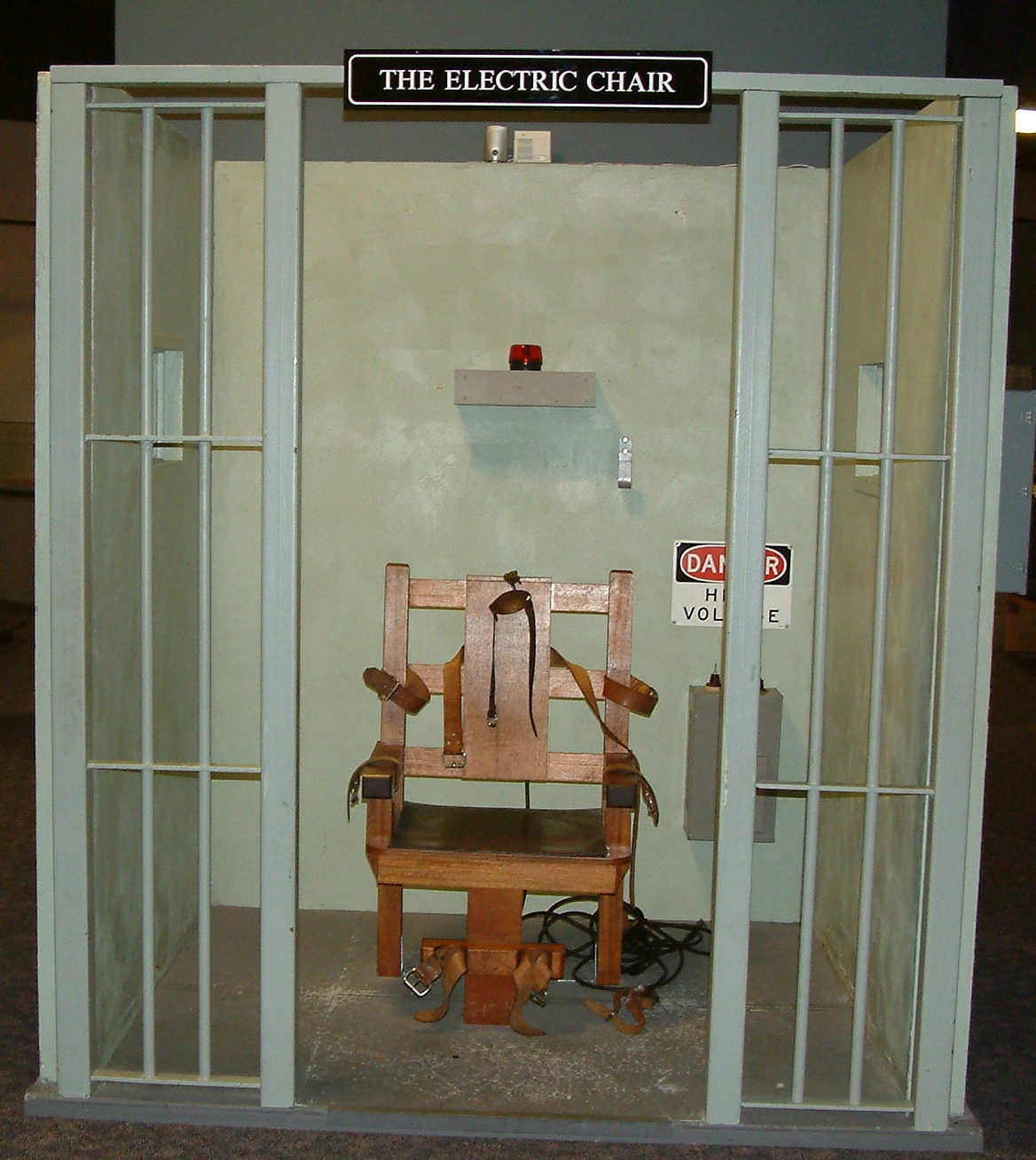

Electric Chair Executions of Cop Killers
- August 1912 John W. Collins was executed for the murder of police officer Michael Lynch
- January 1932 Francis Crowley was executed for the murder of police officer Frederick Hirsch
- March 1942 Anthony Esposito and William Esposito were executed for the murders of Alfred Klausman and NYPD traffic officer Ed Maher
- August 1954 Gerhard Puff was executed for the murder of FBI agent Joseph J. Brock
- May 2002 Lynda Lyon Block was executed for the murder of Sgt. Roger Lamar Motley. In August 2005, George Everett Sibley, Jr. was executed by lethal injection for the murder his role in the murder.
- December 1994 Gregory Resnover was executed for the murder of Detective Sergeant Jack Ohrberg
- May 1990 Jesse Joseph Tafero was executed for the murder of Trooper Phillip Black
- January 1985 James David Raulerson was executed for the murder of Officer Michael Stewart
- June 1987 Benjamin Berry was executed for the murder of Deputy Sheriff Robert E. Cochran
- March 1988 Wayne Robert Felde was executed for the murder of Ptlm. Thomas Glen Tompkins
The Electric Chair
The electric chair has been surrounded by controversy since its conception. The use of electrocution as a more humane alternative to hanging as the primary form of execution was first suggested in 1881 by dentist Dr. Albert Southwick as the State of New York actively looked for viable alternatives to hanging.
The first controversies had nothing to do with electrocution as a method for execution but rather, the type of current that would be used to carry out the task. As the use of electricity was gaining popularity, two main types of current were being used: DC (direct current) and AC (alternating current). Ultimately, AC power was selected for use in the electric chair. The first electric chair was produced by Harold P. Brown and Arthur Kennelly.
In 1888, the New York Legislature passed a law establishing electrocution as the state's new official method of execution and the use of the AC electric chair was adopted in 1889. It was then adopted in Ohio in 1897, Massachusetts in 1900, New Jersey in 1906 and Virginia in 1908.
The electric chair was first used on August 6, 1890 to execute William Kemmler in New York's Auburn Prison. Kemmler was convicted of brutally murdering his wife. The first woman to be executed in the electric chair was Martha Place at Sing Sing in New York in 1899. In July 1891 four murderers were executed at Sing Sing Prison in a modified version of the system used at Auburn Prison.
- James Slocum, for the murder of his wife
- Harris (Levy) Smiler,for the murder of his mistress
- Schichiok Jugigo, for the murder of one of his comrades
- Joseph Wood, Murder of a fellow laborer
The electric chair remained the most common execution method until the mid-1980s when lethal injection became widely accepted as an easier and more humane method. The use of the electric chair declined in the later part of the twentieth century as legislators sought what they believed to be more humane methods of execution. The electric chair has been criticized because of several instances in which the subjects were killed only after being subjected to multiple electric shocks. In states where the electric chair has been used, lethal injection has replaced it as the primary means of execution. Some states still allow electrocution as an alternate method of execution. The last use of the chair was in Virginia on January 16, 2013, when Robert Gleason, Jr. chose execution by the electric chair over lethal injection.